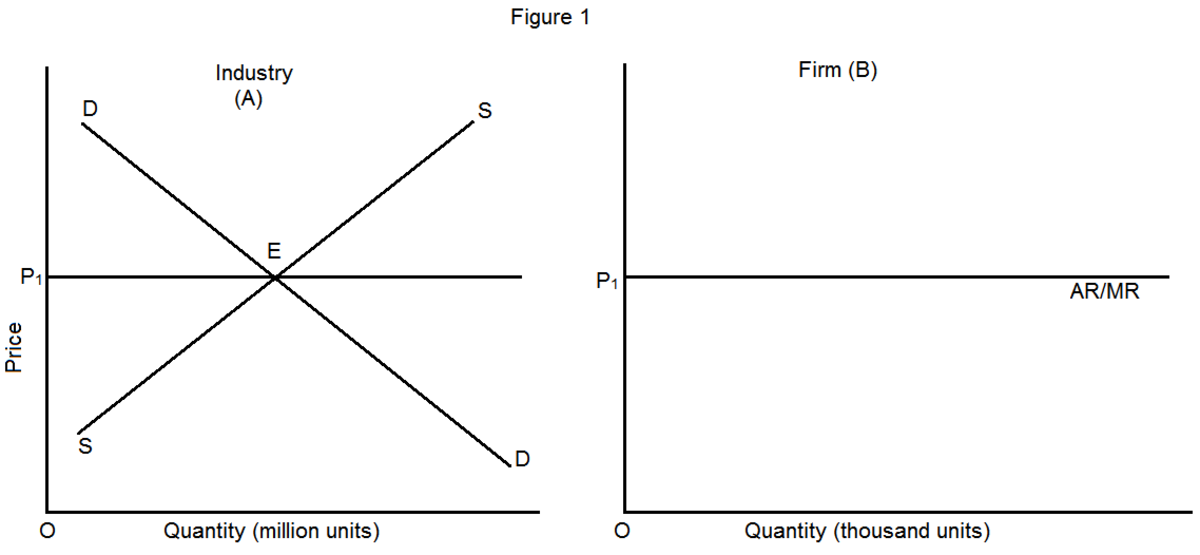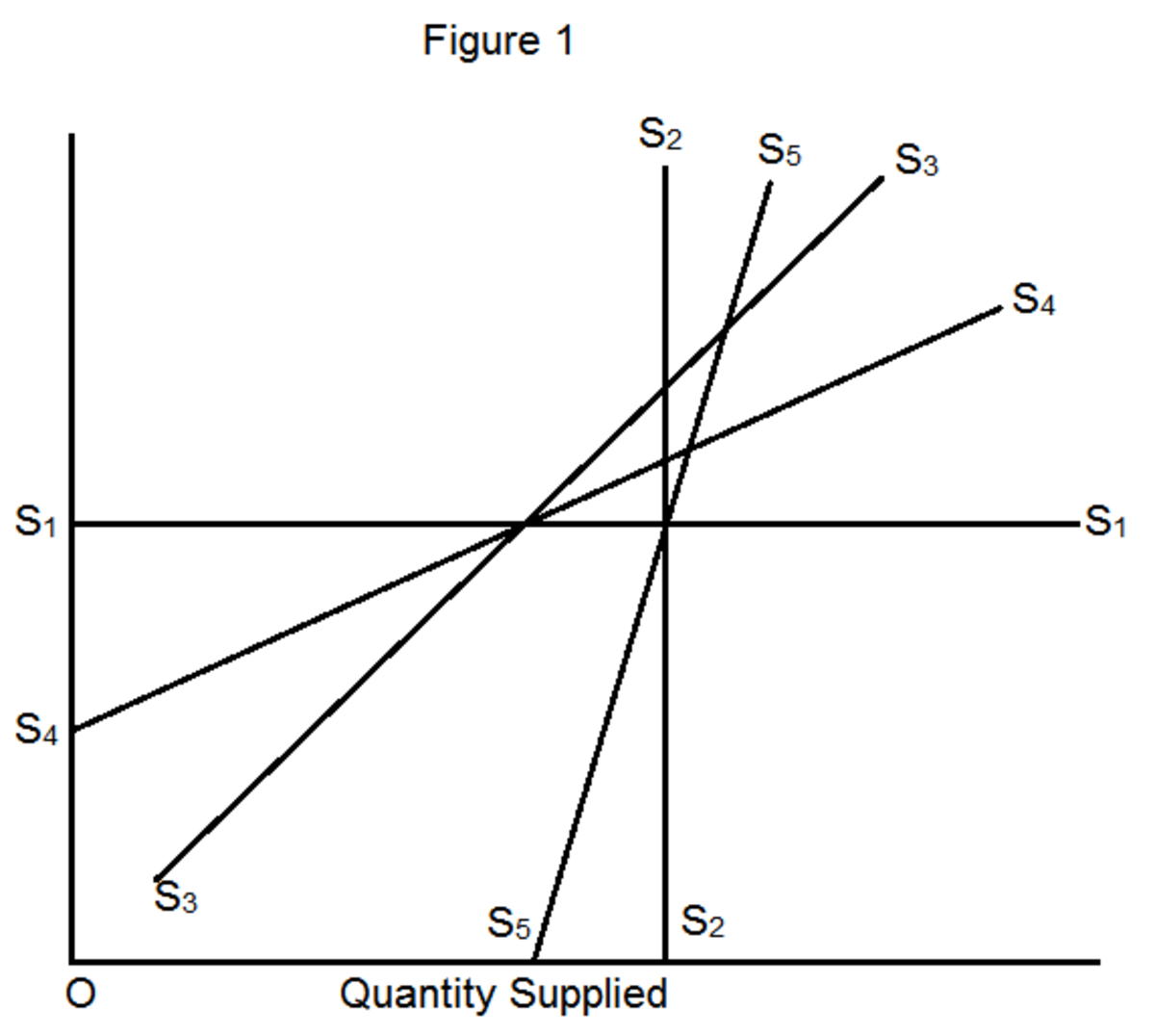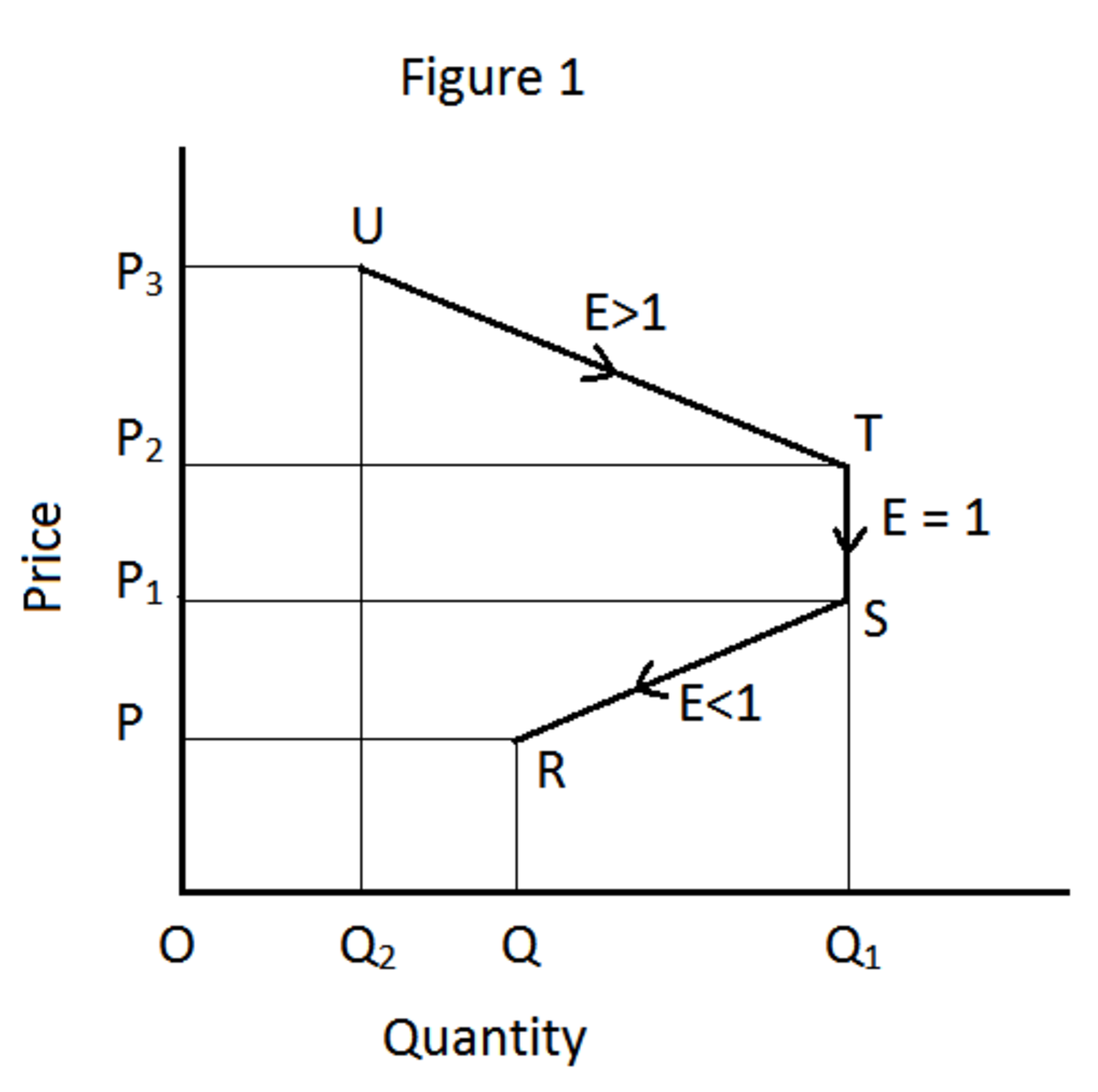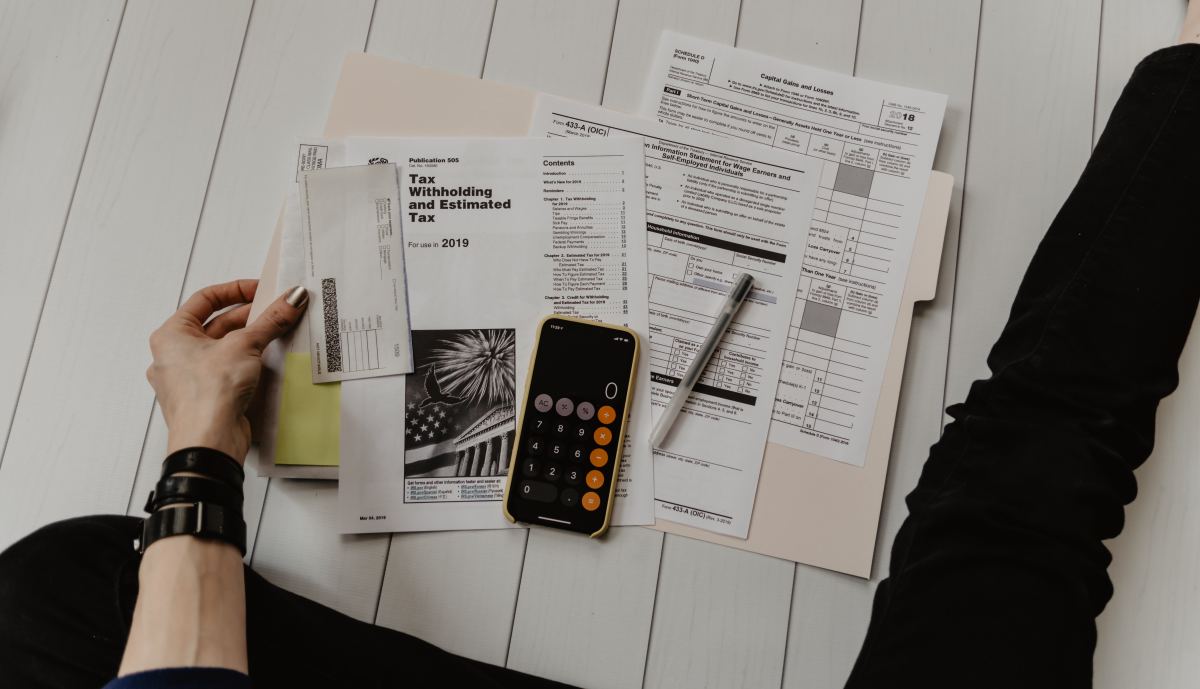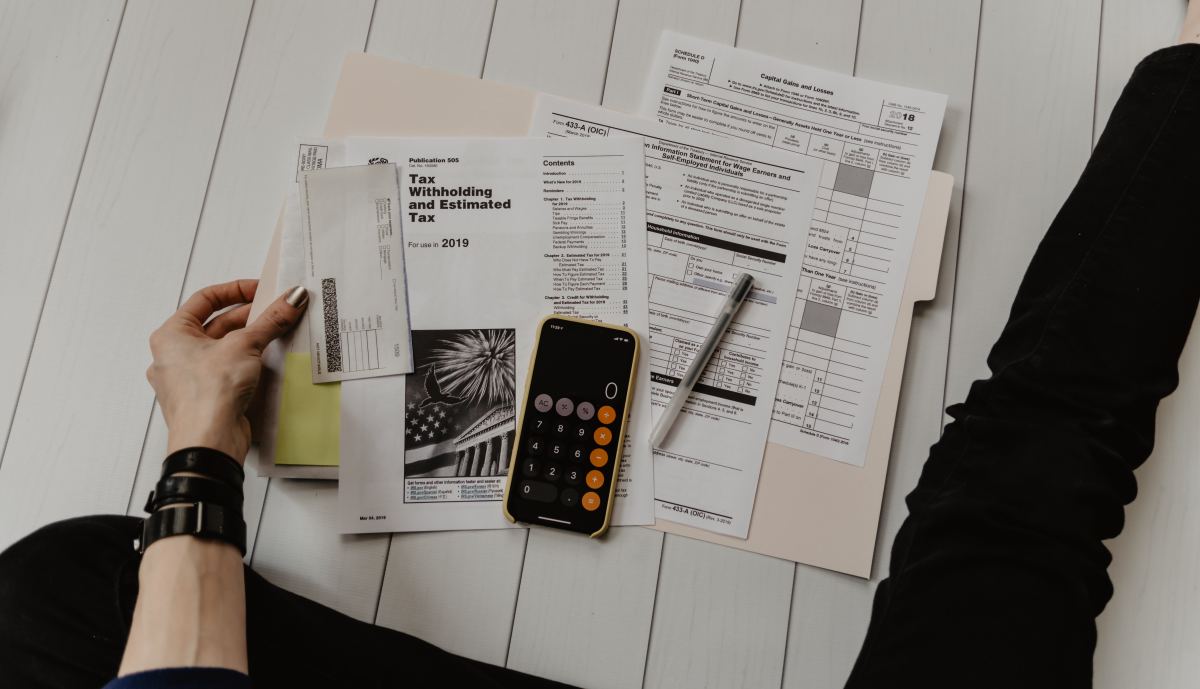Price discrimination
Price discrimination
Where a producer of good or service sells an identical product in two different markets at different prices then the producer is practicing price discrimination. It is very common occurrence. British rail charges different process for the same journey depending upon the time journey is made. An identical product, rail journey is sold in two different prices. Airline charges different process for the same seat on the same flight depending upon the booking conditions.
Price discrimination enables a business to earn higher profits than standard pricing because it allows companies to get every available last dollar from all of its customers. While perfect price discrimination is illegal, when the best possible price is set for every customer, imperfect price discrimination exists. For example, movie theaters usually charge three different prices for a show. The prices target various age groups, including teenagers, adults and seniors. The price swings with the expected income of each age group, with the highest charge going to the adult population.
Why do restaurants use children's menus? Economists doubt that restaurant owners have a special love for children; they suspect that the owners find offering children's menus to be profitable. It can be profitable if adults who come to restaurants with children are, on the average, more sensitive to prices on menus than adults who come to restaurants without children. Children often do not value restaurant food and service, and often waste a large part of their food. Parents know this and do not want to pay a lot for their child's meal. If restaurants treat children like adults, the restaurants may lose customers as families switch to fast-food restaurants. If this explanation is correct, then restaurants price discriminate.
Because price discrimination is potentially lucrative, businesses have found countless ways to do it. Theaters often charge younger customers less than adults. Doctors sometimes charge the rich or insured patient more for services than they charge the poor or uninsured. Grocery stores have a lower price for people who bother to check the newspaper and clip coupons. Some companies, such as firms selling sodas and beverages, produce similar products but try to promote one as a status brand with a much higher price. Electric utilities usually charge lower rates to people who use a lot of electricity than they do to those who use only a little electricity. Banks recommend special interest rates on Certificates of Deposit that will not be obtained when one lets a Certificates of Deposit roll over. People who are more responsive to interest rates will take the time and attempt to personally renew each maturing Certificates of Deposit.
To the extent that businesses find ways to price discriminate, they eliminate the triangle of welfare loss and approach the economically efficient amount of production. Thus, the mere existence of monopoly does not prove there is economic inefficiency.
Price discrimination is separated into 3 degrees. First, second and third degree price discrimination exist and apply to different pricing methods used by companies. A good deal depends on the understanding of the market in segments, and also the consumer’s ability to pay a higher or lower price, called elasticity of demand. A person who might pay more for an item is thought to have a low elasticity of demand. Another person who will not pay as much has a high elasticity of demand.
First-degree price discrimination occurs when identical goods are sold at different prices to each individual consumer. Obviously, the seller is not always going to be able to identify who is willing to pay more for certain items, but when he or she can, his profit increases. You can see this type of price discrimination in the sale of both new and used cars. People will pay different prices for cars with identical features, and the salesperson must attempt to gauge the maximum price at which the car can be sold. This type of price discrimination often includes a bargaining aspect, where the consumer attempts to bargain a lower price.
Second-degree price discrimination refers to companies charging lower prices for higher quantities. In companies where a client orders in bulk and is able to purchase a high number of the same items at once, the client may get a discounted rate. This rate would not apply to a client who only orders a few items at a time. In retail stores, second-degree price discrimination often exists. A reduced price may be offered if you buy two t-shirts instead of just one. This form helps to get rid of commodities and generate more revenue for a company.
Third degree price discrimination is based on understanding the market, and occurs with great frequency. This type takes many different forms, but in all cases attempts to derive the most sales from each segmented “group” of consumers. For example, senior citizens are considered a group, and are often offered discounts at movie theaters, for transportation, in restaurants, and even in retail stores where seniors may have a “senior day” each week that allows them to take a discount on merchandise. “Students” are another segmented group that may be offered lower prices. Both seniors and students have a higher elasticity of demand and can generally afford to pay less than the average worker.
Market segmentation may also evaluate the socio-economic aspects of an area when considering elasticity of demand. It’s not infrequent to see retail grocery stores offer differing prices in an area where the retailer knows he can get more money for a product. Alternately, where only one chain store exists in a certain location, retail grocery stores might offer higher prices because people have no alternative place to shop.
Another form of third degree price discrimination is provisional discounts for airfares that are meant to increase business. These discounts might be seasonal, and designed to promote the company. People in urban areas may pay more for flights or hotel rooms than those in rural areas.
Example:
Everyone knows that if you want to get Radiohead’s record you can either buy a full box package for 40£, or download it from the web for as much as you’d like to pay for it. Now the figures show that apparently 68% downloaded it for free, while some 17% paid 2-4$, 6% paid 5 -8, 12% paid 8-15$, and the remaining 4% paid more than 15$ (Radiohead are denying these figures)
This sounded attractive for some people to call this experiment a failure, but the real news is not the 68% of (allegedly 1.2 million so far) people who got for free something that was out there for free.
The real news is that 32% that decided to pay the same thing that they could have for free, in the very same form, at the very same time, the very same way. Same music, same mp3 format, same time for downloading…
If you look at other forms of price discrimination, the product is never quite the same. Take air travel: yes, you move from point A to point B leaving at the same time and landing at the same time, whether you travel business or economy. But the service, the food, the comfort of the sits, they’re very much different, because otherwise there would be no legitimating for the different pricing.

